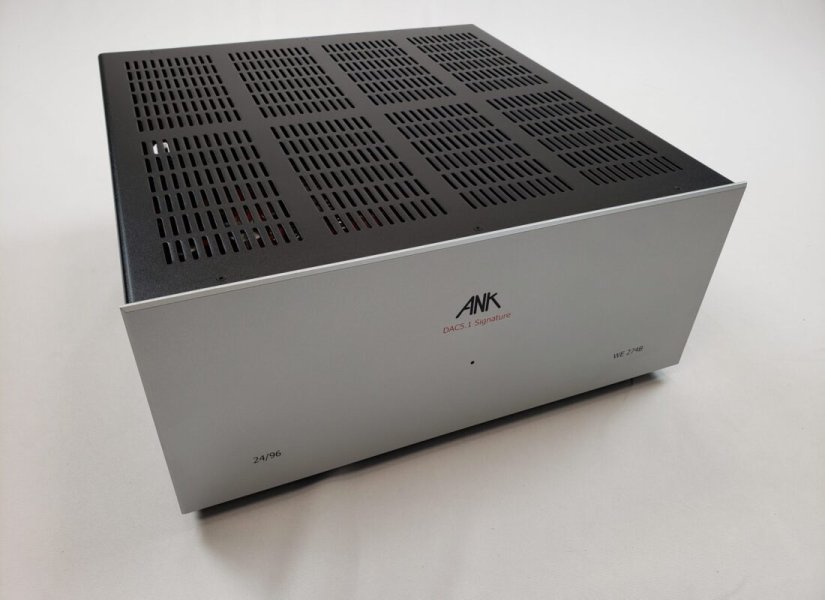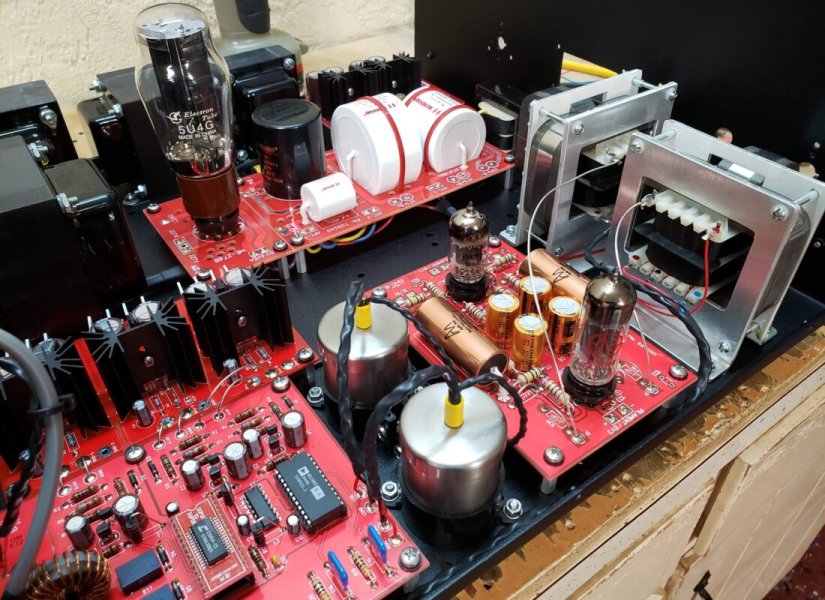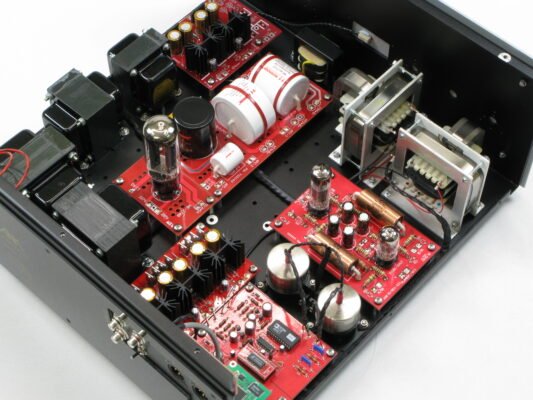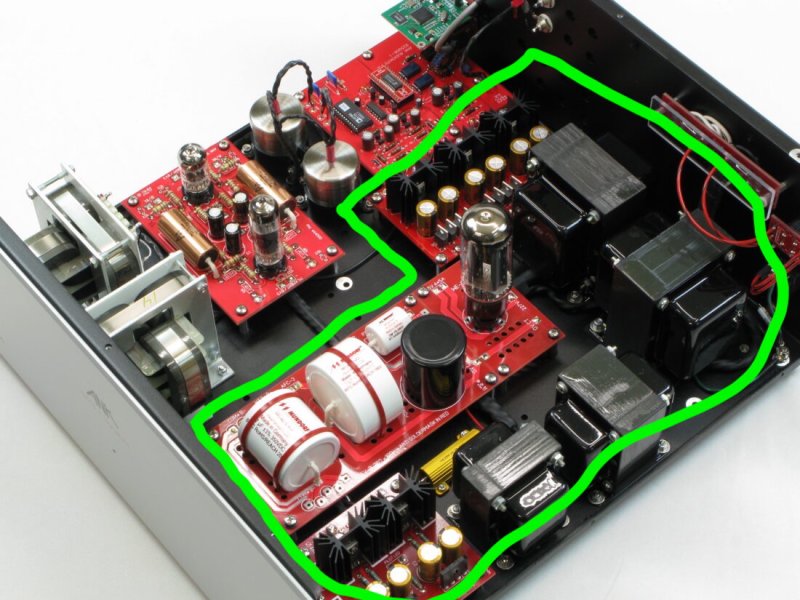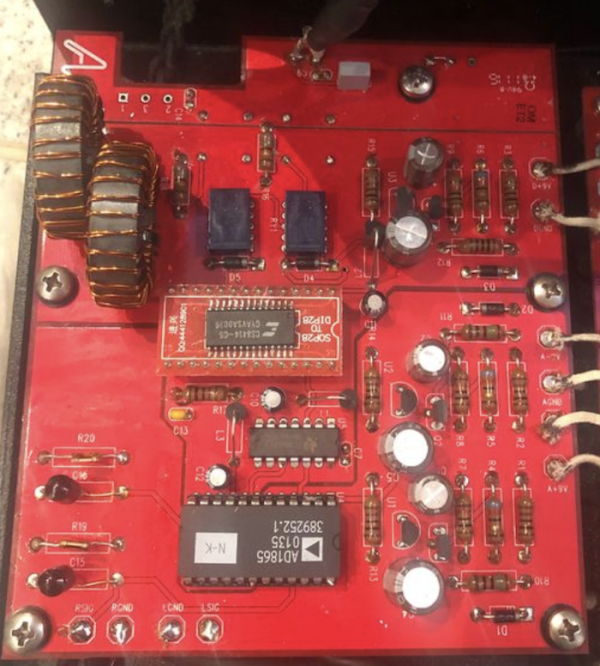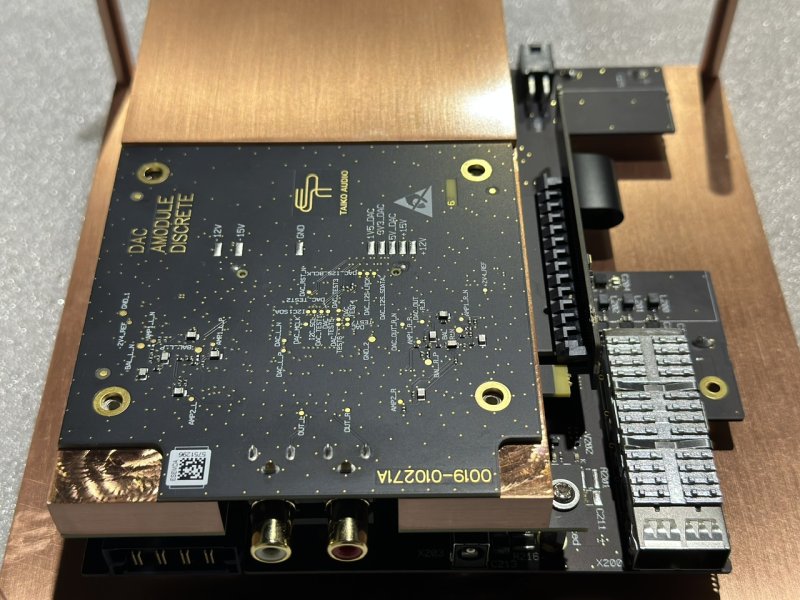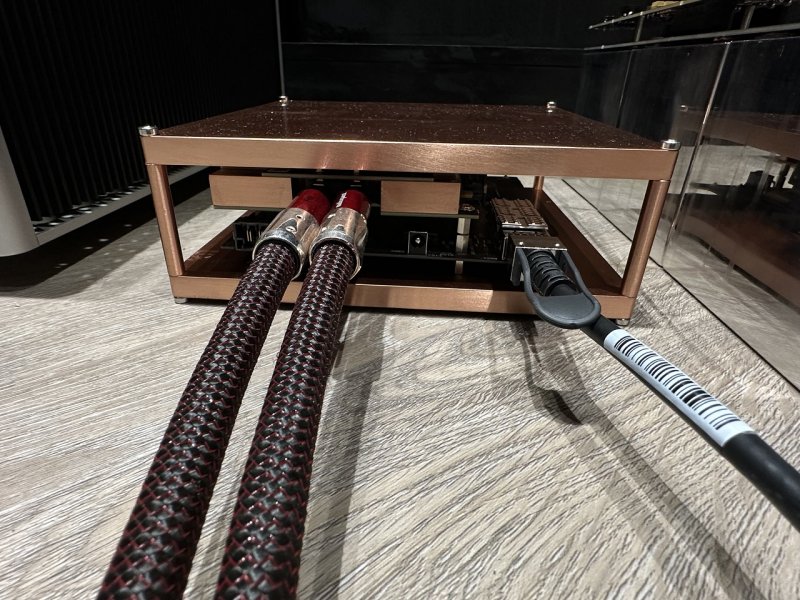One of the most frequently asked questions I get as a Taiko dealer when I discuss the Olympus XDMI is:
"How can that little DAC card play at the level of the big DACs?"
To address this, I will use a photo of the Audio Note Kits DAC 5.1. It's a tube DAC that I have built and owned 6-7 years ago.
View attachment 132995
View attachment 132996
View attachment 132997
(these are stock photos from their website as I was too lazy to find mine)
At a very high level, we have three main sections in a DAC like this one -
power supply, analog section, and digital section.
Power Supply:
There are many power supply designs. They can be switching mode or linear, regulated or unregulated, one rail or multiple rails. For a regulated linear design, you generally have a transformer, rectifier, filtering capacitors, and regulators. You may have multiple rails, multiple transformers, chokes, etc. Rectifiers can be vacuum tube rectifiers, diode-based, FET based, GaN-FET based, etc. I can't really list all of the variations and that's not the purpose of this post.
The ANK5.1 power supply has transformers, rectifiers (vacuum tube rectifier on the B+ and diodes on the rest), chokes, capacitors, and regulators.
I have highlighted the power supply on the ANK 5.1 DAC below:
View attachment 132998
Analog Section:
I'm not going into too many details here either as there are many ways you can design an analog section.
In the case of the ANK DAC, there are I/V transformers, a tube section, and output transformers.
I have highlighted the analog section on the ANK 5.1 DAC below:
View attachment 132999
Digital Section:
The digital section in this particular DAC (and many chip-based DACs) is very simple.
The green board on top is a USB to I2S converter. The converted signal goes to the bottom red PCB.
I have highlighted the digital section on the ANK 5.1 DAC below:
View attachment 133000
So the entire digital section is that little red board there. Let's zoom more into that digital board (okay, I had to dig out photos from my own build for this):
View attachment 133001
About two-thirds of the circuitry you see on the top is for the relay switching between S/PDIF and USB, powering those relay switches, and converting the S/PDIF to I2S. Only a very small portion of the circuitry around the AD1865NK chip has anything to do with the digital to analog conversion. BTW, this DAC weighs 30 lbs, and as you can see only a few small components around the DAC chip are responsible for the D to A conversion. I hope this clearly illustrates how simple the Digital to Analog conversion with a DAC chip can be.
So back to the the question - how does this compare to XDMI?
XDMI Power supply - The Taiko BPS is one of the pinnacle technologies for Taiko. I've heard some comments about the BPS that I cannot share publicly, but this should be as good as anything else out there, regardless of the cost.
XDMI Analog section - Not a lot has been shared publicly about the analog section of XDMI. It's a lot smaller than what you see on the ANK5.1 photos but it uses solid-state components. I happened to see several prototypes of the XDMI analog section and was privately told that when you power these with a BPS, the results were both surprising and shocking. And that has led to some unexpected outcome that has satisfied Emile's requirements. So it all comes down to implementation rather than technology.
XDMI Digital section - that's the secret sauce, and I know absolutely nothing about it (other than it's using a ROHM DAC chip). But from the very few publicly posted photos, these 6-layer PCBs look a lot more sophisticated than the 2-layer PCB you see on the ANK5.1 (which is very similar to what some very expensive tube DACs do).
View attachment 133003
View attachment 133004
View attachment 133005
So, can that little dac card play at that level of the big DACs?
IMO, not only it has the potential to play at the level of the big DACs but also to potentially play better than them due to the innovative way of extracting audio and the BPS. Oh, and that ROHM chip, if implemented properly (should I mention that Emile's standards are much higher than mine), is crazy good!
Well, what about the lack of a huge elaborate tube-based analog section? XDMI can in no way deliver the same sonics as let's say a Lampizator Horizon?
I absolutely agree with that! It can't! I am hoping that the simple solid-state output powered by a BPS is very transparent and gets out of the way. All I need that section to do is to add some gain to the DAC chip analog output and reduce the output impedance as transparently as it can, so I can connect it to a really good tube preamplifier with RCA interconnects. In fact, I would not be surprised if it's a lot more transparent than tube DACs (but lacking the tube magic which I will add in the preamp).
Others will be using the Lampizator XDMI connection. I would love to hear that in my system in the near future too.
I've had some discussions with Lucasz. The two things I gathered from these discussions were that he was very excited about XDMI and that he has done a lot of good work on the Horizon digital section.
I will have a much better understanding once I receive my Olympus XDMI and spend some time testing it in my system. Until then, the question 'Can it?' has a straightforward answer: 'Yes, it can.' However, the question 'Does it?' will remain unanswered until I've had the chance to evaluate it personally.





